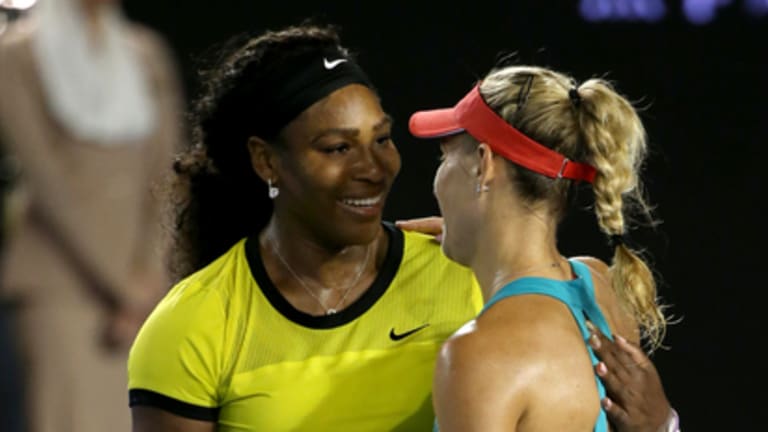Angelique Kerber had a word for what happened in Rod Laver Arena on Saturday night.
“It’s really crazy,” she told the audience in the stadium.
“It just sounds so crazy,” she said to Chris Evert in the ESPN booth a few minutes later.
“I have so many emotions, it’s like crazy,” she told the media half an hour after that.
According to Kerber, this fact shouldn’t have come as a surprise to anyone.
“That’s how I am, a little bit crazy, you know,” she said with a laugh.
Kerber was right about one thing: Her 6-4, 3-6, 6-4 win over Serena Williams in the Australian Open final was, to use a few synonyms for her favorite term, one of the more bonkers, cuckoo, and downright barmy results in recent Grand Slam history. Williams came in having won all six title matches she had played in Rod Laver Arena. She was 21-4 in major finals and hadn’t lost one in five years. And she was 5-1 against Kerber, who was making her Slam-final debut at the ripe old tennis age of 28.
All of this had led me to write, in my preview of the match on Friday, “Should the question be, ‘Who is going to win?’ Or should it be, ‘How many games is the loser going to get?’ That would seem to be the only suspenseful aspect of this match.” Well, Kerber ended up winning 15 games, including—nuttiest of all—the final one on Serena’s serve.

